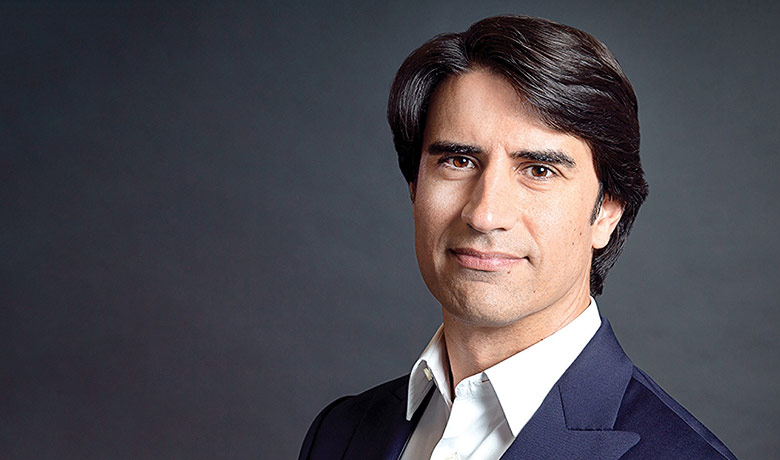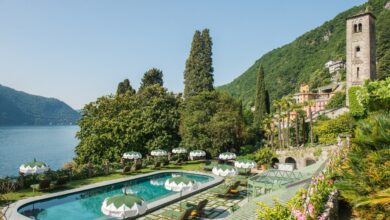
Four Macro Factors That May Erode Midscale Hotels
By Larry and Adam Mogelonsky | June 21, 2022
The travel recovery this summer is at full throttle, but to keep the gravy train going hotels have to look not only at what the post-pandemic guest wants, but also the customer two years, five years and a decade from now. How will our industry evolve? Having a good picture of this can inform CapEx investments, branding vision and any tech implementations to support those other two.
Per the title, our thought is that travel will evolve at the extremes of the spectrum as global changes increase the needs for economy and limited-service accommodations, as well as upper upscale and luxury properties, but at the expense of the middle categories. It’s not an extinction, though, but a thinning out of midscale and upscale demand, resembling a barbell distribution. Here’s our short list for what may cause this.
- Erosion of the middle class. The pandemic money printing has caused the rich to get richer and the poor—those without non-cash equities or other assets—to slowly drown from the costs of inflation. With wealth comes increased demand for high-end discretionary expenses like luxury hotels that are quite price inelastic, while relative impoverishment leads to travelers seeking no-frills accommodations and rate sensitivity down to within five dollars. In the arms race to serve these two divergent cohorts, the middle-of-the-road hotel brand becomes the master of none.
- Stagnation of business travel. Yes, it’s returning post-pandemic as every good salesperson knows that deals are best done in-person. Still, the conveniences and cost savings of videoconferencing are too great for companies to ignore. As such, expect curtailed corporate travel budgets to be the norm once we’ve gotten all the pent-up demand for meetings and events out of our systems. And because this segment was a major contributor to the health of upscale or four-star hotels around the middle of the distribution, it’s natural to assume that as this revenue silo diminishes these properties will pivot in search of new customers.
- Technology driving the extremes. Automation capabilities now allow hotels to do more with less to the point where basic services can be satisfied with minimal staffing requirements—critical during ongoing labor shortages and the demand for better margins from owners. This will nudge organizations towards the select service camp. At the other end, the continuous arms race for luxury and ultraluxury is forcing upscale hotels to look to advanced, tech-driven wellness program upgrades as a means of giving guests an ongoing reason to choose their brand over others. But all this medical tourism and longevity tech doesn’t come cheap, which means it’s only accessible to those brands that are able to charge an arm (with a nice watch attached to it!) and a leg for the experience.
- Positive feedback loops from investors. Where focus goes, money flows. With the abovementioned three forces shifting the ground into this barbell distribution, savvy investors will look to meet the market by further promoting this digression. This will happen through such processes as reflagging followed by a renovation to the new brand standards or investing in emerging, popular hotel brands that are more attuned to these new guest demands.
While this scenario may not hold true for your market and, of course, there are exceptions, the one fact throughout is that the world of hotels will continue to be exciting for the foreseeable future! Hope you’re making the most of this great summer of travel!





Get involved!
Comments